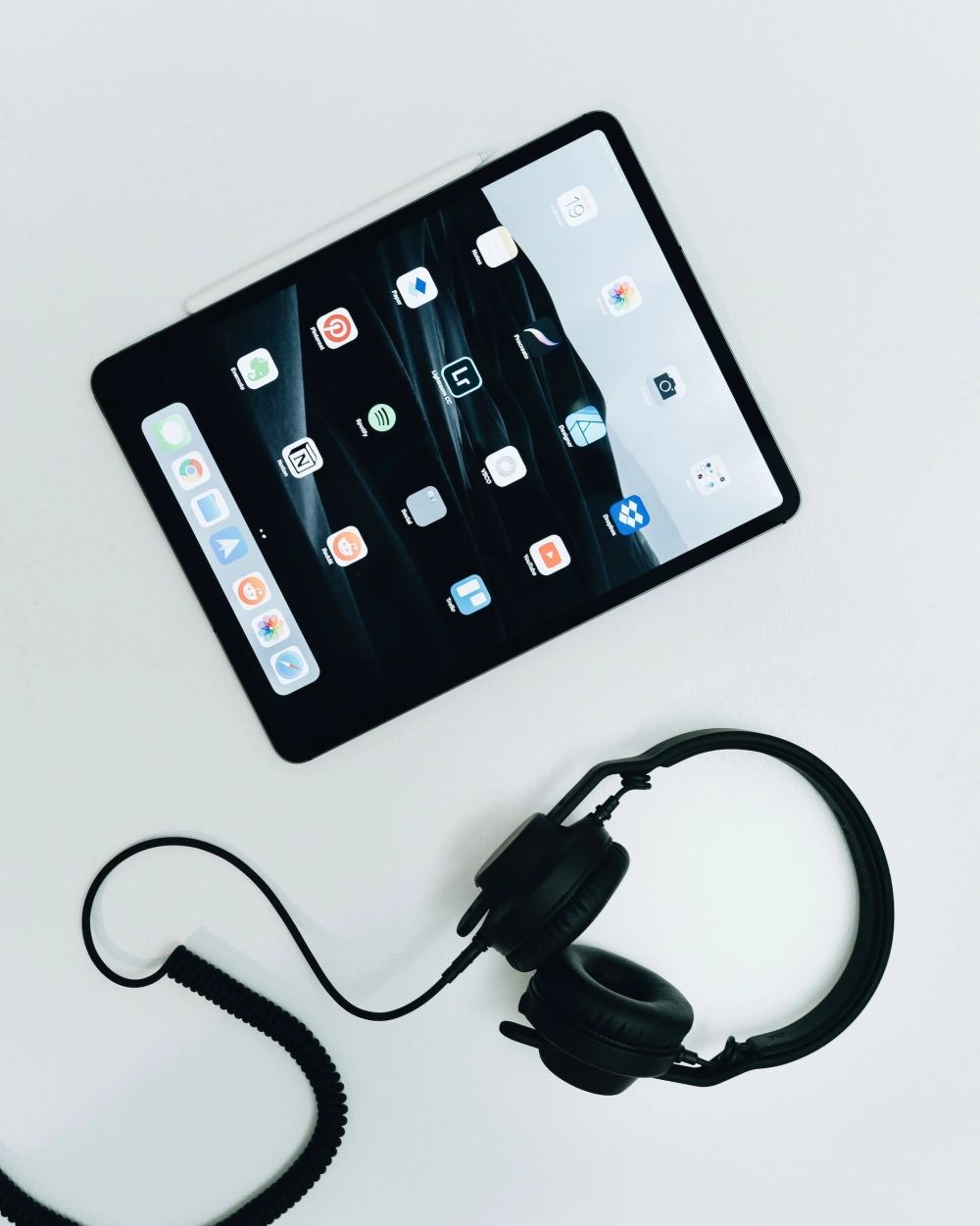Top Tips for Choosing the Best Rifle for Hunting and Shooting

Choosing the right rifle for hunting and shooting is a crucial decision that can significantly affect your performance and enjoyment of the sport. Whether you’re a seasoned hunter or a novice shooter, understanding the key factors involved in selecting the best rifle is essential. Here we will guide you through top tips to consider when choosing your next rifle, ensuring you make an informed decision tailored to your needs and preferences.
1. Identify Your Primary Use
The first step in choosing the right rifle is to clearly define its primary use. Are you looking for a rifle for big game hunting, varmint hunting, target shooting, or a combination of activities? Different rifles are designed for specific purposes, and understanding your primary use will help narrow down your options. For example, while an AK-47 is renowned for its durability and reliability in various conditions, it might not be the first choice for precision hunting, but rather for situations requiring ruggedness and reliability.
2. Consider the Caliber
The caliber of a rifle is a critical factor to consider. It determines the size of the ammunition and directly impacts the rifle’s performance, including its range, accuracy, and the type of game it can effectively take down. For big game like deer and elk, popular calibers include .308 Winchester, .30-06 Springfield, and .300 Winchester Magnum. For smaller game or varmint hunting, calibers like .223 Remington and .22-250 Remington might be more appropriate.
3. Action Type
Rifles come in various action types, including bolt-action, lever-action, semi-automatic, and pump-action. Each action type has its advantages and disadvantages. For example, bolt-action rifles are renowned for their accuracy and reliability, making them a popular choice for hunters. Semi-automatic rifles offer faster follow-up shots, which can be beneficial in certain hunting situations or for sport shooting.
4. Ergonomics and Fit
A rifle that fits you well will be more comfortable to shoot, leading to better accuracy and performance. When selecting a rifle, pay attention to the stock’s length of pull, the grip size, and the overall weight and balance of the firearm. It’s advisable to handle a variety of rifles to see which one feels the most natural and comfortable.
5. Optics Compatibility
Your rifle’s ability to accommodate optics is another important consideration. A good scope can significantly enhance your accuracy and range. Ensure the rifle you choose has a compatible mounting system for the type of optics you plan to use. Some rifles come with integrated mounting systems, while others may require additional hardware.
6. Barrel Characteristics
The length, material, and contour of the rifle’s barrel play a significant role in its performance. Longer barrels generally provide higher velocity and better accuracy over long distances but can make the rifle cumbersome. Consider the environments in which you’ll be hunting or shooting and choose a barrel that offers a good balance of maneuverability and performance.
7. Recoil Management
Recoil can affect your shooting comfort and accuracy, especially over extended shooting sessions. Different rifles and calibers produce varying levels of recoil. Consider your sensitivity to recoil when selecting a rifle and caliber. Heavier rifles and those with advanced recoil reduction technologies can make shooting more comfortable.
8. Durability and Maintenance
A durable rifle that can withstand the elements is crucial, especially for hunters who often find themselves in harsh outdoor conditions. Look for rifles made from high-quality materials and finishes that offer corrosion resistance and durability. Additionally, consider the rifle’s maintenance requirements; some firearms are easier to clean and maintain than others.
9. Budget
Your budget will inevitably play a role in your decision. Rifles can range from a few hundred to several thousand dollars, depending on the brand, model, and features. Set a realistic budget but consider investing in a quality firearm that meets your needs and will last for years. Remember, the initial purchase price is just part of the cost; consider the price of accessories, ammunition, and maintenance.
10. Read Reviews and Seek Expert Advice
Before making a purchase, read reviews and seek advice from experienced hunters and shooters. Their insights can be invaluable in helping you understand the nuances of different rifles. Additionally, visiting a local gun shop or shooting range can provide the opportunity to ask questions, handle various rifles, and sometimes even test fire them.
Conclusion:
Choosing the best rifle for hunting and shooting is a personal decision that requires careful consideration of several factors. By understanding your needs, doing your research, and handling as many rifles as possible, you can select a firearm that will serve you well in the field or at the range. Remember, the best rifle is the one that feels right in your hands, meets your specific needs, and gives you confidence in your shooting abilities.






